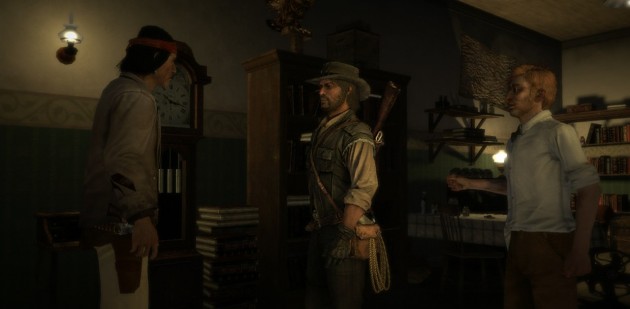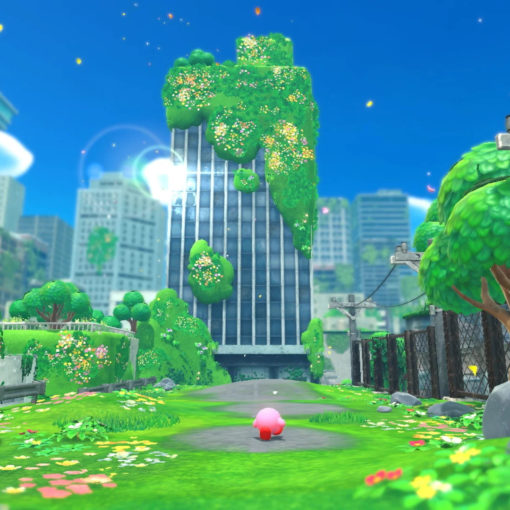I feel like all of our blog posts lately have started with something along the lines of “in the wake of recent conversations”. Nonetheless, here I go: in the wake of recent conversations, I’ve been thinking again about what seems to be an eternal debate among gamers and in game studies: narratives and mechanics. Which is more important? Which really defines a “good” game. There’s been a fair bit of conversation about gamers who only pay attention to narratives/representational forms (and therefore miss what “really matters” in gaming) or gamers who only care about mechanics (and are therefore miss what “really matters” in gaming). Yes, those are scare quotes on both “really matters”.
But while it might be an interesting debate on the level of single games (can a game with a crappy narrative be enjoyable? Can a game with a great storyline and terrible mechanics be good?), ultimately it distracts us from the bigger picture: mechanics and narratives/representational forms are inextricably linked. I used narrative/representational forms here because these debates often involve not just the simple storyline of a game, but the graphics and audio components as well.
Early Silent Hill games and their use of fog is a great example. On the one hand, the fog is clearly a game mechanic. It alters the way the player encounters the game space- the fog obstructs your vision, severely limiting your view. There’s a clear technical function to it as well. These games were working with systems that had comparatively limited graphical capabilities; using fog as a mechanic meant the games had less that needed to be rendered and saved a fair bit of resources. The fog is also clearly part of what Ralph Koster calls the “dressing”, the thematic elements that make up the narrative and emotional content of the game. As horror games, the fog clearly contributes to these games’ narrative and emotional elements. Wandering the strange and spooky town of Silent Hill is all the more ominous because you can never know what’s more than a few feet in front of you.
I certainly understand some of the critique of focusing only on what we might call set dressing if it exists outside an grounded understanding of game mechanics and games as systems of rules and interactions. However, it’s just as short-sighted to look at those same mechanics, systems, and rules outside of the representational elements that give them meaning is equally short-sighted.




